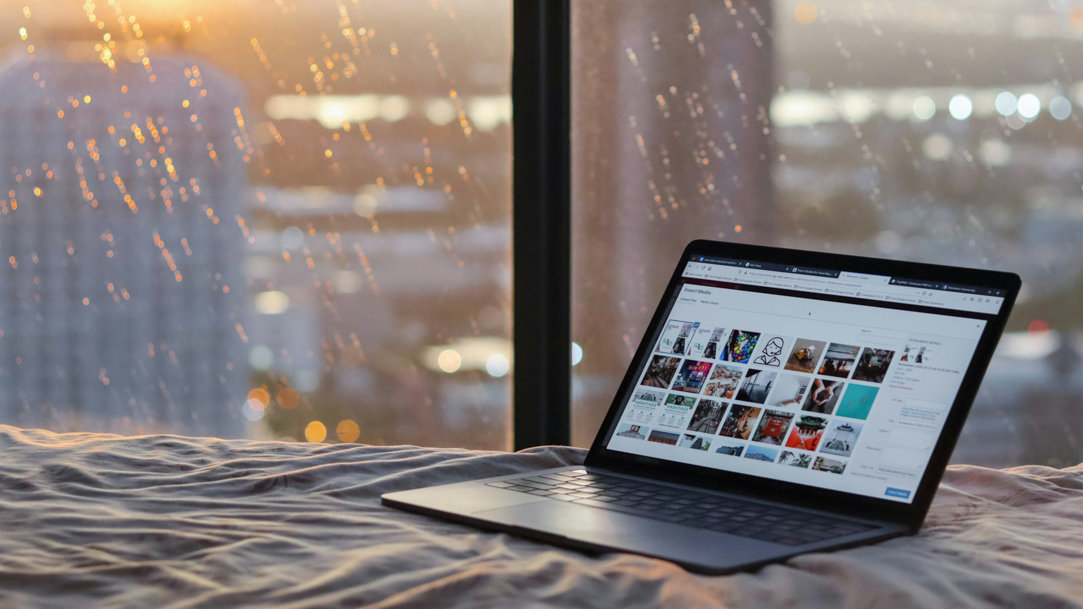
March 12, 2024
How to check the UV index in your area using Microsoft Edge
The sun's rays can be both beautiful and dangerous. It's essential to understand the potential harm from being overexposed to ultraviolet (UV) radiation—which can lead to sunburns, premature aging, eye and vision conditions, and skin cancer.
Whether you’re hiking, going on the water, or driving with the top down, before you head out, go online with Microsoft Edge and check the UV index with its built-in Weather widget, part of the custom start page that’s tailored to your interests.
What is the UV index?
The UV index indicates the strength of ultraviolet radiation, a form of non-ionizing radiation emitted by the sun and artificial sources such as tanning beds. There are three types of UV radiation rays, based on their wavelengths: ultraviolet A (UVA), ultraviolet B (UVB), and ultraviolet C (UVC). Some are completely absorbed by the ozone layer, but some reach the Earth’s surface.
The higher the UV index, the greater the risk of harm to our skin and eyes. The typical UV index ranges from 0 to 11+, with 0 being minimal risk and 11+ representing an extreme risk of excessive sun exposure. That’s why it’s crucial to check the UV index regularly, both in your area and at your destination, so you can protect yourself effectively.

Credit: Image created with AI
Why is it important to understand the UV index in your area?
Knowing the UV index for your location is vital to avoid overexposure for the following reasons:
- Skin protection: the higher the UV index values, the greater the risk that your skin can develop sunburn, premature aging, and skin cancer—the most common form of cancer in the United States.
- Eye safety: without UV-blocking sunglasses or eye protection, prolonged exposure to strong UV rays can lead to potentially blinding eye conditions like cataracts and other diseases.
- Vitamin D balance: while some sun exposure is essential for vitamin D synthesis, excessively high UV levels can hinder this process.
- Fatigue: the phenomenon of being tired after a long day outside isn’t just a myth! Fatigue can quickly set in if spending too much time under the sun, which can not only dehydrate you but lead to disorientation and wooziness.
By checking the UV index, you can take appropriate measures to protect your skin, such as applying sunscreen, wearing protective clothing, and seeking shade during peak hours of exposure to the sun’s powerful rays.
Use the Microsoft Edge start page to check the UV index
When you open a new tab in Microsoft Edge, you’ll be greeted with Microsoft Start, a custom feed that displays top stories tailored to your interests. You can customize this home page easily with local news, postings, and email, and even weather in your area.
No matter what style you choose for your homepage—with your feed partially or completely visible—you can personalize your feed to include the weather widget. When you select the weather widget, you’ll be taken to an enlarged weather report, localized entirely in your region. Then, select “See full forecast” to the left of the enlarged map to be taken to MSN Weather.
Here, you can easily find information on temperature, precipitation, and wind speed, as well as a map of your area with comprehensive forecasts and predictions. After you select “Agree” or “Disagree” in response to the latest weather update in your area, the UV Index will be displayed in the “Current weather” box, located above the 10-day forecast.
Below the 10-day forecast, you’ll see Weather Insights. Here, you can see today’s suggestions for your day: what to wear, whether you need an umbrella, and how strong the heat is, based on the temperature and UV index.
Lastly, you can add a Weather widget via Edge Add-ons. Simply install the browser extension and never be caught off-guard when planning for outdoor activities.
Stay protected from health risks while you’re outside
Now that you know how to check the UV index using Microsoft Edge, you can take informed steps to protect yourself from the sun's harmful rays. According to the Centers for Disease Control. (CDC), to protect yourself from UV radiation, do the following:
- Stay in the shade during midday hours when the sun is at its strongest.
- Wear clothes that cover your arms, legs, and head such as shirts, full-length pants, sunglasses, and a wide-brim hat.
- Use sunscreen with sun protection factor (SPF) 15 or higher, for both UVA and UVB protection.
- Avoid frequent or excessive indoor tanning, which can generate a higher risk of developing melanoma.
Remember to check the UV index regularly, especially before planning outdoor activities, to reduce the risks associated with overexposure to UV radiation. Try Microsoft Edge today and stay sun-smart while enjoying all that the outdoors have to offer.
- Features and functionality subject to change.
- Articles are written specifically for the United States market; features, functionality, and availability may vary by region.
Products featured in this article

Microsoft Edge

Microsoft Bing
More articles

How to reverse image search in Microsoft Edge

The best browser extensions to improve your everyday life

